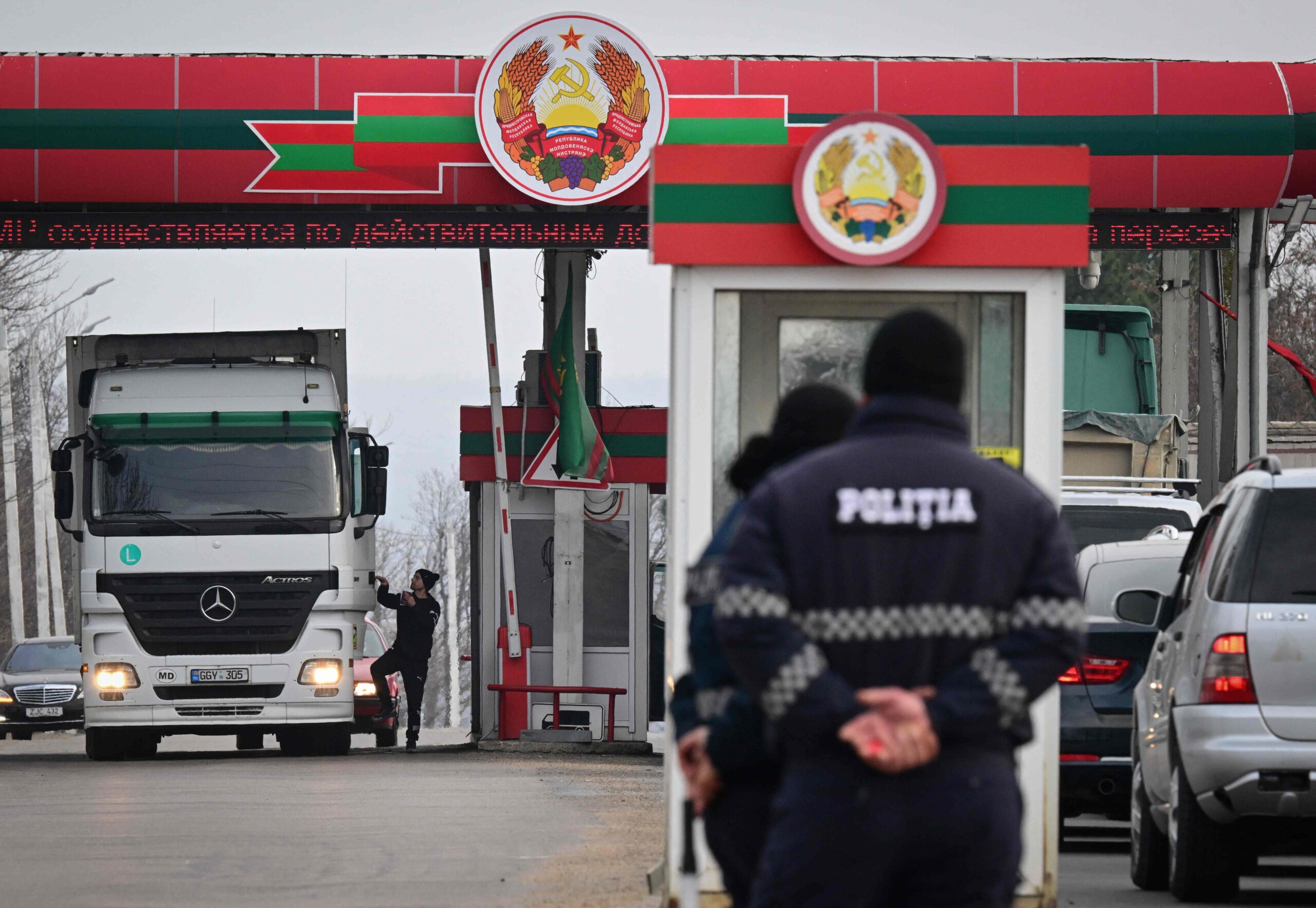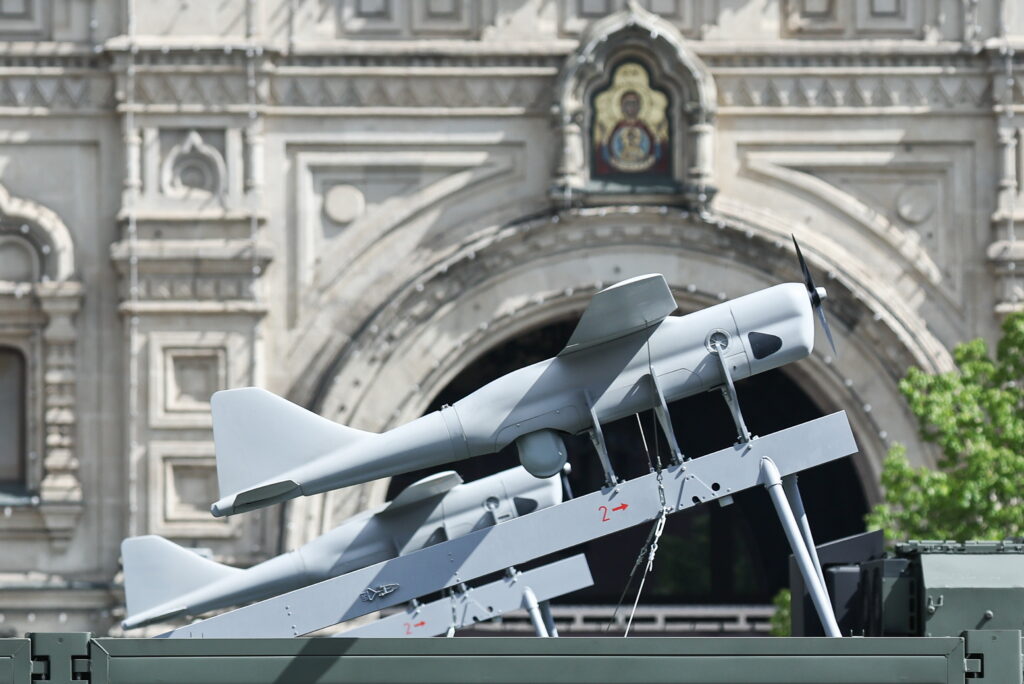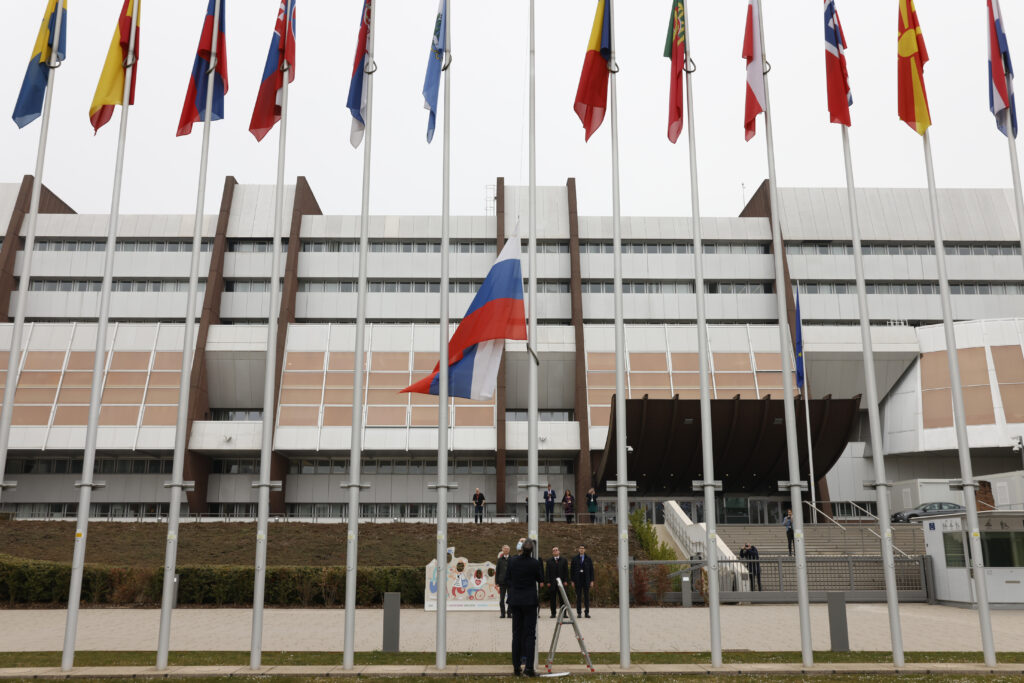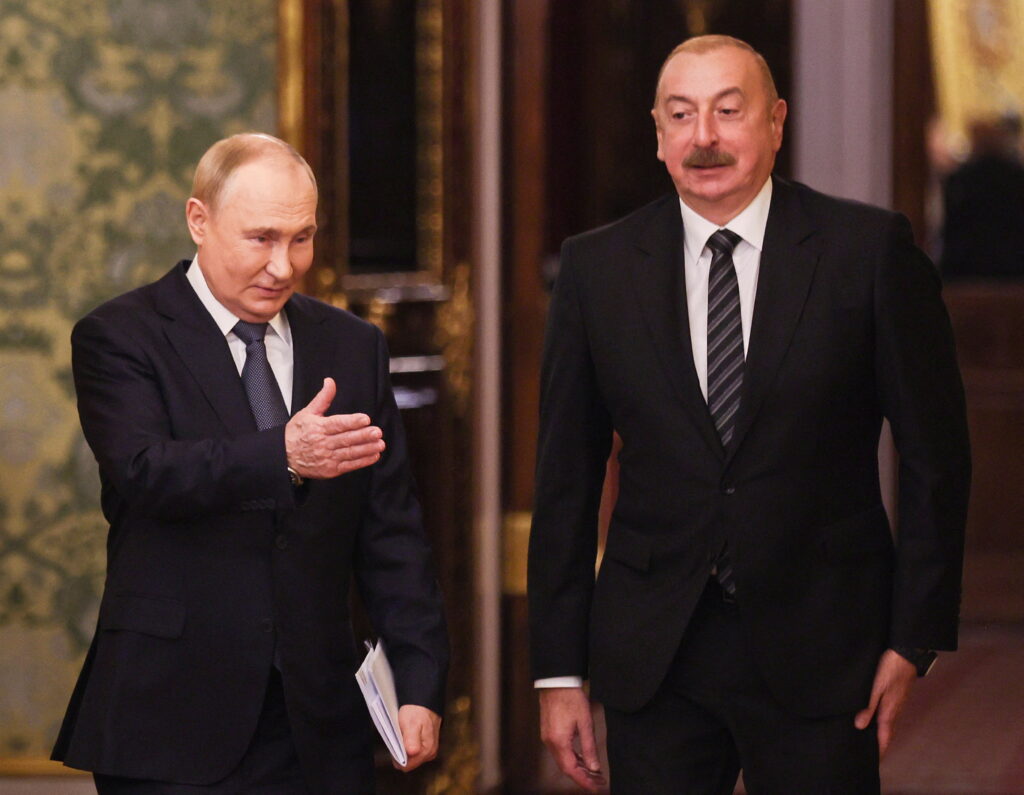Relying considerably on external support from the EU and the US, the government of Moldova is acting with growing confidence in the matter of reintegrating its breakaway region. The clear prospects of EU membership, materialized through Brussels’ decision to open negotiations in December 2022, seem to incentivize the Moldovan government to implement territorial reintegration policies, despite risks of escalation with those controlling Transnistria. Disruptions of trade and logistic chains, as well as sanctions, have left Transnistria isolated from Russia since 2022. It means the Transnistrian region has never been so dependent on the constitutional authorities in Moldova in terms of trade, which is vital for its socio-economic survival and leaves Chisinău with extra leverage to exploit.
With Russia’s military aggression against Ukraine entering its third year, the Moldovan government finds itself in a position where it must choose whether to maintain ambiguity around the status quo of the Transnistrian region or to seek change. However, Moldova’s maneuvering field is somewhat limited by the dysfunctional «5+2» format of negotiations concerning the Transnistrian conflict settlement. Therefore, the Moldovan government is pursuing high-impact sectoral reintegration policies, such as the introduction of customs duty fees starting in January 2024. This «small steps» tactic in Moldova’s reintegration approach occurs within the context of the Transnistrian conflict settlement, which will be significantly influenced by the outcome of military events in Ukraine.
Hybrid operations involving Transnistria: combination of a «false flag» and information operation
With limited access to international arenas through the «5+2» format, the separatist administration in Transnistria is attempting to reach out to Western capitals by exploiting fears of the war’s extension beyond Ukrainian borders. In this context, speculations about Russia seeking to annex Moldova’s breakaway region were disseminated and amplified through Moldovan and Western media reports in the second half of February. Initially, the allegation about the annexation scenario was formulated by Ghenadie Ciorba, who presents himself as an opposition politician from the Transnistrian region. Neither the separatist regime nor Russian official sources denied the speculation, indicating that the «annexation» scenario was, in fact, a mixture of a «false flag» and information operation. Only one official from the Transnistrian region, Deputy Chair of the Supreme Council, Galina Antiufeeva, declared that annexation is not on the agenda of the region. Nonetheless, the lack of attributability and factual probes of such intentions from the breakaway region and Russia alike spurred disinformation concerning the plausibility of the «annexation» scenario. The high degree of ambiguity against the background of the military situation in Ukraine created a public perception in the West of imminent escalation, which could even involve military clashes between Moldova and the breakaway region.
The Moldovan and Ukrainian authorities have dismissed the «annexation» scenario. However, there has been no structured communication with the Moldovan public and the international community to anticipate the spreading of disinformation linked to Russia’s intentions towards the Transnistrian region. Declaring the breakaway region as part of Russia would expose it to military preventive actions from Ukraine. This would mean the loss of Russian leverage in projecting instability on the southwestern borders of Ukraine, which is essential for Russian strategic interests in cutting off Ukraine from access to the Black Sea. Consequently, annexation at this point would incur more costs than strategic benefits for Russia. Similarly, the separatist political-economic elites are interested in maintaining and improving the status quo rather than dismantling it for uncertain security guarantees.
The downsides of the «annexation» scenario for Russia and the separatist elites were overlooked by the West, making it an easy target for the false-flag information operation. This operation was highly likely orchestrated by Russian and separatist special services to sow a sort of panic in the West with a limited number of resources, artificially raising the stakes in favor of the Transnistrian region. The implausibility of the «annexation» scenario was unveiled by the outcome of the 7th «congress» of deputies at all levels of the Transnistrian region, gathered on February 28. Despite the expectations that the «congress» will demand annexation by Russia, the resolution adopted by it asked for intervention from Russia, the EU, OSCE, CIS, and UN to prevent escalation and to urge Moldova to engage in talks on key issues with the separatist regime, including through «5+2» format of negotiations. Even though the resolution refers to the interest of 220,000 Russian citizens in the separatist region, it went under the radar of Moscow. On February 29, the Russian President Vladimir Putin made no reference to the Transnistrian region during his speech to the Federal Assembly, which was dedicated to presenting his electoral manifesto. Elsewhere there were only symbolic reactions from Russia, with no concrete commitments or calendar of delivery. The Deputy Chair of the Defense Committee of the Russian Federal Assembly, Vladymir Chyzhov, stated that Russia would offer support proportionate to the challenges faced by the separatist region.
The trigger factor behind the false-flag information operation
Starting in January 2024, the provisions of the new Customs Code of Moldova, approved in August 2021, came into effect, prompting a negative response from the separatist regime in the Transnistrian region. Specifically, the updated Moldovan customs provisions, in alignment with European legislation, are uniformly applied throughout the country, without exception for companies under the fiscal jurisdiction of the separatist regime. This change follows nearly a decade of relatively easy access to the EU market for companies operating in the Transnistrian region—today numbering more than 2,300—achieved through the deepening of the liberalized trade regime between the EU and Moldova in 2014. Consequently, as of 2023, approximately 70% of the global exports of companies in the region were destined for the EU market; imports from EU countries to the Transnistrian region accounted for nearly 56%. The implementation of the new customs provisions allows Chisinau to levy customs duties on import and export activities conducted by companies registered in the Transnistria region. Moreover, amendments to regulatory laws in 2001 nullified the differential treatment previously afforded to companies in the region, obligating the companies registered in the Transnistrian region to pay taxes for environmental pollution like other Moldovan entities.
To mitigate the potential socioeconomic impact, including a potential humanitarian crisis, Chisinau may consider a phased implementation of the new customs regulations in the region, possibly deferring certain fiscal aspects. Moldova’s cautious approach seems warranted, especially considering the sizable population in the Transnistrian region, which includes over 357,000 individuals holding Moldovan passports.
In parallel, however, the separatist administration has negotiated trade-offs with Moldovan authorities. Over the past two years, Moldovan authorities have engaged in talks with the separatist administration regarding electricity and metal processing. More precisely, Moldova agreed to import cheaper electricity from the Kuciurgan power plant located in the Transnistrian region in exchange for environmental authorizations for metal processing in the separatist region, specifically at the Moldovan Metallurgical Plant (MMZ). These environmental preferences are facilitating the importation of scrap metal, including from the EU. Despite the existence of these sectoral arrangements, the two sides failed to discuss the implementation of new customs rules. Moldova’s disinterest in engaging in these discussions may be motivated by its reluctance to negotiate internal policies with the separatist administration, which is perceived as an extension of Russian influence and interference.
What is at stake?
If implemented as they stand, the new customs provisions of Moldova are expected to impose growing costs on the Transnistrian region. Separatist authorities have stated that the region could face losses of up to $ 16 million. Import volumes in January decreased by 19%, and industrial output fell by 14% compared to 2023. This decline can be attributed in part to restrictions on exports imposed on industrial enterprises such as «Прибор,» «Электромаш,» «Завод Молдавизолит,» and «БЗЭ Потенциал,» where exports plummeted by as much as 70%, leading to staff layoffs not only within these companies but across the region as a whole. These export restrictions stem from Moldova’s enforcement of Western sanctions on dual-use products destined for Russia. The separatist administration in Tiraspol has voiced grievances regarding the financial transaction costs, which, coupled with what Tiraspol describes as a «banking blockade,» as well as the anticipated introduction of VAT, could collectively amount to $ 60 million. With the region’s annual budget standing at $ 300 million (of which $ 170 million is derived from foreign trade activities), these additional costs could severely curtail the region’s ability to cover its social budget and investment projects. This situation is further compounded by the absence of evidence suggesting that Russian financial aid has reached the region since the onset of the full-scale Russian war against Ukraine in February 2022.
In the event of negative scenarios leading to a significant deterioration in the living conditions of a vulnerable population, Moldovan authorities would bear the brunt of the burden, as they would likely need to assist any relocating emigrants. However, due to the authoritarian nature of the regime, widespread social unrest is less likely to occur. The mounting socioeconomic pressure on the separatist regime is complicating efforts to maintain the current status quo. Nevertheless, the separatist administration is currently resorting to mini-escalation tactics by implementing countermeasures. This includes the introduction of «customs taxes,» which are incompatible with Moldovan legislation, aimed at producers in the territory controlled by the constitutional authorities but who own agricultural land in the Transnistrian region (specifically, the Dubăsari district).
What’s next?
In the current geopolitical context, among the various «frozen conflicts» that emerged following the dissolution of the USSR, the Transnistrian conflict in Moldova stands out as having the most plausible scenarios for reintegration. To achieve this, the Moldovan government must adopt a pragmatic and strategic approach to peacefully resolve the conflict while maintaining transparency with Moldovan voters. Any stumbling blocks in the management of the conflict settlement could potentially have negative impacts on President Maia Sandu’s reelection bid in the upcoming presidential elections this autumn.
Furthermore, local political and economic elites in the Transnistrian region should be incentivized with the promise of «win-win» options under reintegration scenarios through EU accession. Conversely, these elites may also be motivated by the threat of individual sanctions imposed by Moldova, Ukraine, and the West. The discussion about a permanent conflict settlement solution is more likely after the Russian aggression against Ukraine comes to an end. To favor Moldova’s national interests, the solution will need to be forged by a victory of Ukraine against Russia.










